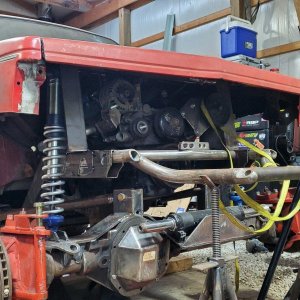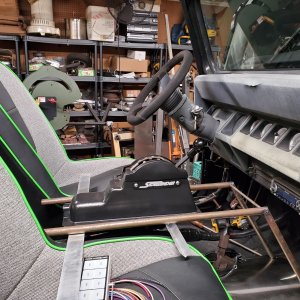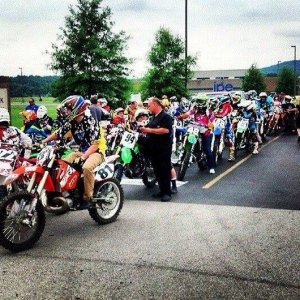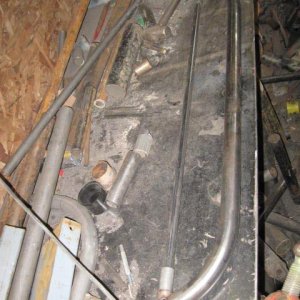CHOP SHOP
Well-Known Member
I am going to bitch about something I have never participated in, using steel where tires go.
Some of you might tell me not to bitch unless you have a better option etc or "thats how we always do it", or if you were there than maybe.............yadda yadda.
I see steel in the woods and it pisses me off.
I see steel on bridges and it pisses me off.
I see steel spikes on rub rails and it pisses me off.
This is the kind of stuff Im talking about.
Who in their right mind thought that railroad iron was a water bar?
Some of you might tell me not to bitch unless you have a better option etc or "thats how we always do it", or if you were there than maybe.............yadda yadda.
I see steel in the woods and it pisses me off.
I see steel on bridges and it pisses me off.
I see steel spikes on rub rails and it pisses me off.
This is the kind of stuff Im talking about.
Who in their right mind thought that railroad iron was a water bar?











